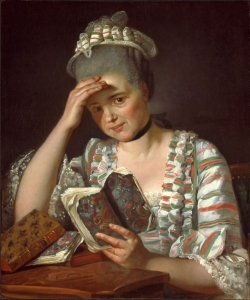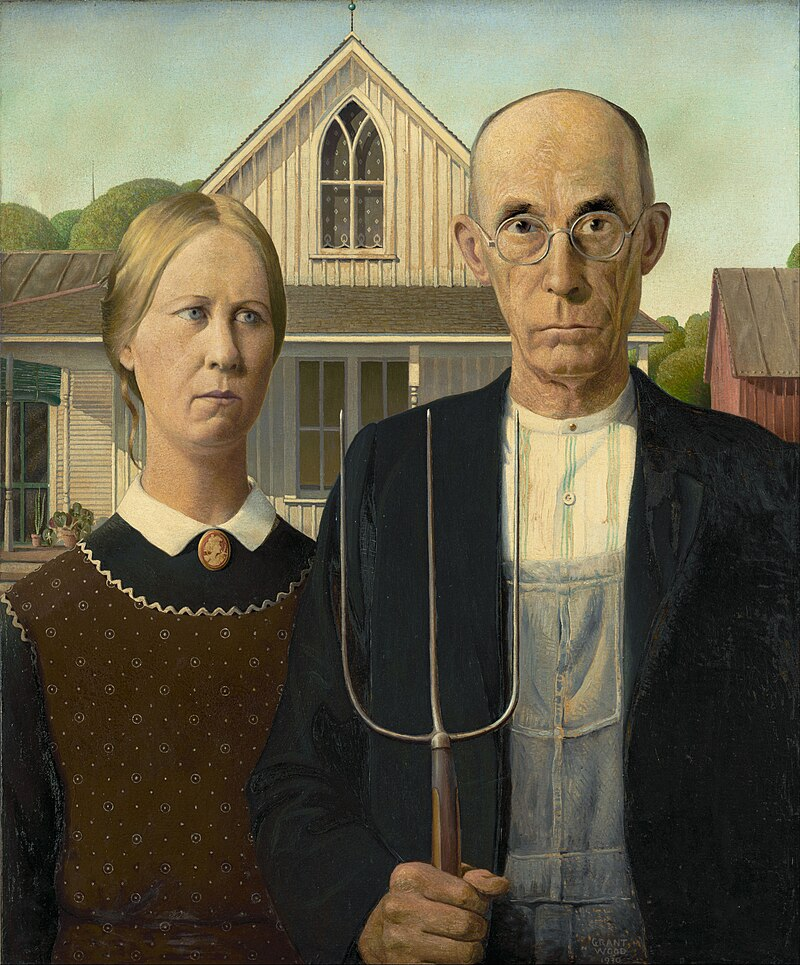Romantic Era: Realism and Romantic
The Romantic Era was more than just a artistic movement. It was literary, musical and intellectual movement that began in Europe towards the end of the 18th century. In many areas in Europe it was very prominent in 1800-1850. The Romantic Era was all about using the imagination of the artist to show its emphasis on emotions.
Realism art is a movement from around the mid nineteenth century, it is a movement in which artists based their subjects from everyday life. The term realism was defined by a French novelist in the 1840's The paintings were done in a more realistic life like way.
Romanticism art was greatly described as a movement in art that shows expression of personal feelings and interest in the natural world. It is often used to express a more dramatic emotion and inspire deep feelings that the viewers can connect with. Romanticism art can be based on true events but be a more dramatic version.
Gustave Courbet - The Wave
The wave was created in 1869 and is a oil painting done on canvas and is not currently being shown as it is in a storage facility. Courbet created this painting as he was always extremely intrigued by the ocean and the vastness of it. This painting is of a beach in Normandy when a storm was rolling in. This paintings I feel can demonstrate how quickly things can change with the ocean. One minute the weather can be beautiful and waves are calm and the next a huge storm comes in and waves are getting larger. The lighting and dimension in this painting are very neat. You can see the light blue sky, the dark boats sitting on the dark sand and the giant waves that are light colored with white caps. This paining is not my favorite, nor would I hang it up in my home.
John Constable - The Hay Wain
John Constable completed this oil painting in 1821. He was incredibly in love with where he was born and grew up, Essex-Suffolk the boarder of East England. Some of his best paintings are that of landscapes from where he grew up. Constable believed in recreating what he saw and showing it off to the world, he never wanted to over dramatize it or make it seem as f it wasn't real. The Hay Wain painting has many different elements to it, lighting, dimension and details. The lighting of this painting show off the just the right portions to where I feel as if I am in the painting. There is incredible detail in event the smallest portions of the painting, showing me that he could probably paint this landscape from memory. The dimension in this show off the different depths in the water and where the trees start and end. This is a painting that I would hang in my home. I am normally not a fan of paintings like this but because of the incredible detail in this, I find it to be an exciting and amazing painting that I could look at for hours.
Theodore Gericault - The Raft of Medusa
The Raft of Medusa is a oil painting on canvas created in 1818, by Theodore Gericault, who is also known as a French Romantic painter. It is a over-life size painting that recreates a dramatic moment of the aftermath of a wreck off the coast of Mauritania. The history behind this painting is actually really fascinating, as it shows the aftermath of the French Naval Frigate survivors. The ship ran aground and on 1816 147 people were set adrift on a constructed raft. 15 of the 147 died 13 days before they were rescued. The survivors that made it through were dehydrated, emaciated and practicing cannibalism. Gericault spent many months and years studying everything that he could about the history of this painting, he visited morgues to get the exact color of the flesh and texture. He interviewed two survivors to create the image in their viewpoint. The detail in this painting do an amazing job at showing the horror of what is going on in the raft. There are bodies that lay lifeless and the sorrow on the faces that are still alive. The bodies are the lightest color in the painting bringing the most attention to them, the waters are light showing that there are massive swells near them. The scarves or peices of clothing that the two people on the top are holding draw your attention to hopes that they there may be rescue on the way. This painting shows a lot of horrors, and sadness but it is something that I would probably hang in my home. There are endless amounts of details and I feel that you could continue to find them the longer that you look.
Casper David Friedrich - Wanderer above the Sea of Fog
Wanderer above the Sea of Fog is a painting that was created by Caspar David Friedrich in 1818. The painting shows a man standing on a rock amongst the thick fog staring in the abyss of more rocky mountains and thick dense woods. The fog looks like it goes on for miles and miles showing only little bits and pieces of what we can make out to be a large mountain and rock tower on the right. The painting has many different emotions that come out, to me it feels as if the man is doing some sort of self reflection. Or trying to understand a deep and complex thought or choice. I feel like it can also be taken as he has conquered something and feels as if he is on top of the world. The elements in this painting also demonstrate depth and detail. The details in this painting are very small but show how rigid and sharp the rocks are and the trees in front of the man. The colors are extremely bright as the sky and fog are basically one color. The man and the rocks are both very dark and have a great contrast in making them the focal point of the painting.Courbet, G. (n.d.). The wave. National Galleries of Scotland. Retrieved April 8, 2023, from https://www.nationalgalleries.org/art-and-artists/4784
Google. (n.d.). Gustave Courbet - Google Arts & Culture. Google. Retrieved April 8, 2023, from https://artsandculture.google.com/entity/m01dqt1?hl=en
Romanticism movement overview. The Art Story. (n.d.). Retrieved April 8, 2023, from https://www.theartstory.org/movement/romanticism/
Tate. (n.d.). Realism. Tate. Retrieved April 8, 2023, from https://www.tate.org.uk/art/art-terms/r/realism
Wikimedia Foundation. (2014, May 9). File:Caspar David Friedrich - Wanderer above the sea of fog.jpg. Wikipedia. Retrieved April 8, 2023, from https://en.wikipedia.org/wiki/Wanderer_above_the_Sea_of_Fog#/media/File:Caspar_David_Friedrich_-_Wanderer_above_the_sea_of_fog.jpg
Wikimedia Foundation. (2023, March 16). The Hay Wain. Wikipedia. Retrieved April 8, 2023, from https://en.wikipedia.org/wiki/The_Hay_Wain
Wikimedia Foundation. (2023, March 18). The raft of the Medusa. Wikipedia. Retrieved April 8, 2023, from https://en.wikipedia.org/wiki/The_Raft_of_the_Medusa#/media/File:JEAN_LOUIS_TH%C3%89ODORE_G%C3%89RICAULT_-_La_Balsa_de_la_Medusa_(Museo_del_Louvre,_1818-19).jpg







Comments
Post a Comment